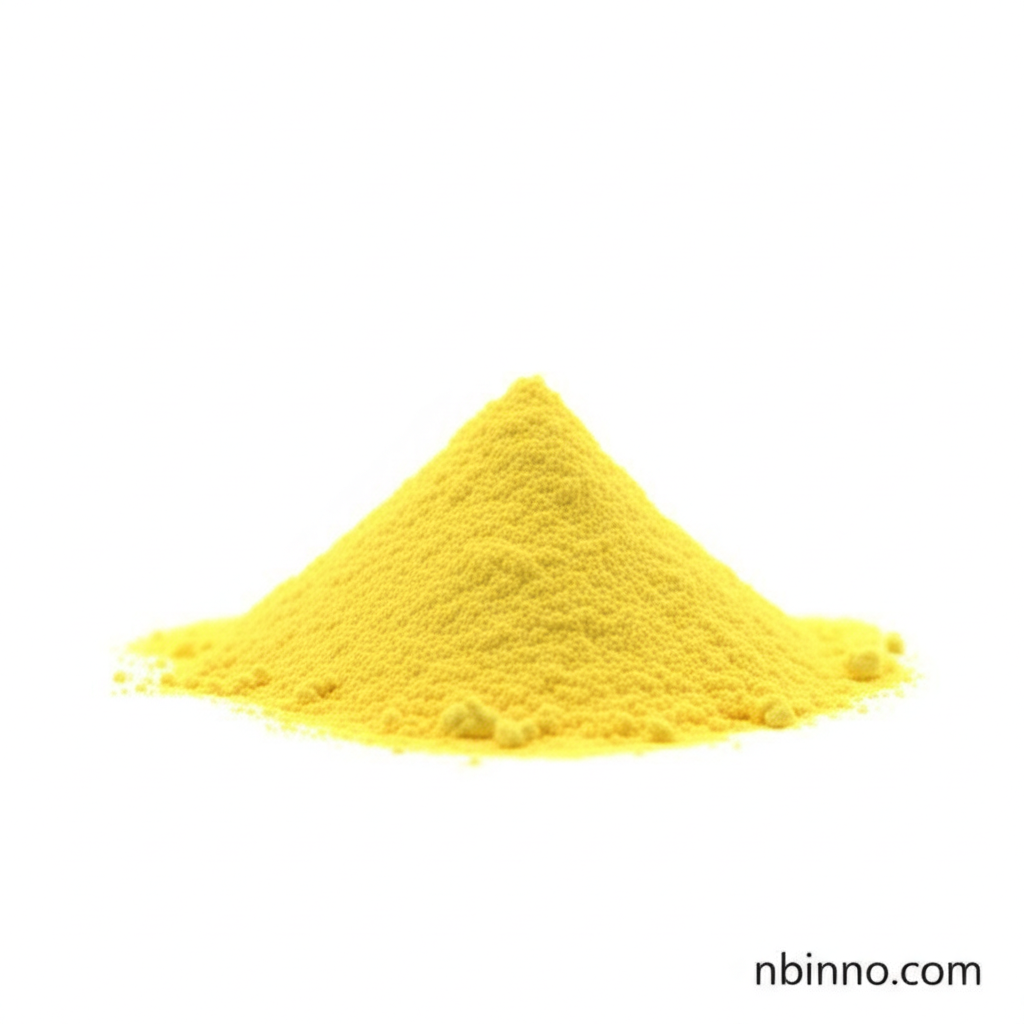Unlock Flavor Potential: Understanding Beta-Glucosidase in Food and Beverage Enhancement
Discover the science behind flavor enhancement with Beta-Glucosidase, an enzyme critical for releasing aroma compounds in food and beverages. Learn about its role and how it impacts your taste experience.
Get a Quote & SampleProduct Core Value

Beta-Glucosidase
As a leading supplier in China, we provide high-quality Beta-Glucosidase, an enzyme vital for unlocking the full flavor potential of your food and beverage products. It works by hydrolyzing glycosides, releasing bound aroma compounds that significantly enhance sensory profiles.
- Harness the power of glycoside hydrolysis in food to create more vibrant and appealing flavors.
- Understand the role of salivary beta-glucosidase in influencing individual flavor perception.
- Leverage enzymatic processes for effective food flavor enhancement.
- Explore the mechanisms of aroma precursor release for premium product development.
Key Advantages of Using Beta-Glucosidase
Enhanced Aroma Profile
Beta-Glucosidase is instrumental in the food flavor enhancement process by liberating volatile aroma compounds, leading to richer and more complex taste experiences for consumers.
Personalized Flavor Perception
Research into salivary beta-glucosidase suggests that variations in enzyme activity can lead to differences in how individuals perceive flavors, offering insights into personalized food development.
Efficient Processing
The enzyme facilitates glycoside hydrolysis in food, a key step in releasing desirable flavor notes, making it an efficient tool for product formulation and innovation.
Key Applications
Food and Beverage Industry
Utilize Beta-Glucosidase for significant food flavor enhancement, improving the aroma and taste of various products through precise aroma precursor release.
Sensory Science Research
The enzyme's activity in saliva is a subject of study for understanding inter-individual differences in flavor perception, making it valuable for sensory science research.
Nutraceutical Development
Explore the potential of enzymes like Beta-Glucosidase in developing functional foods and nutraceuticals that offer enhanced health and sensory benefits.
Winemaking and Brewing
Employing Beta-Glucosidase can help unlock complex flavor profiles in fermented beverages, contributing to the overall quality and character of wines and beers.
